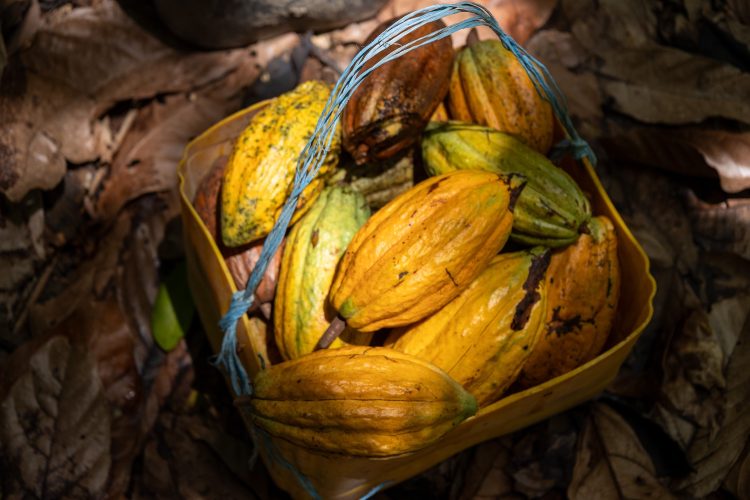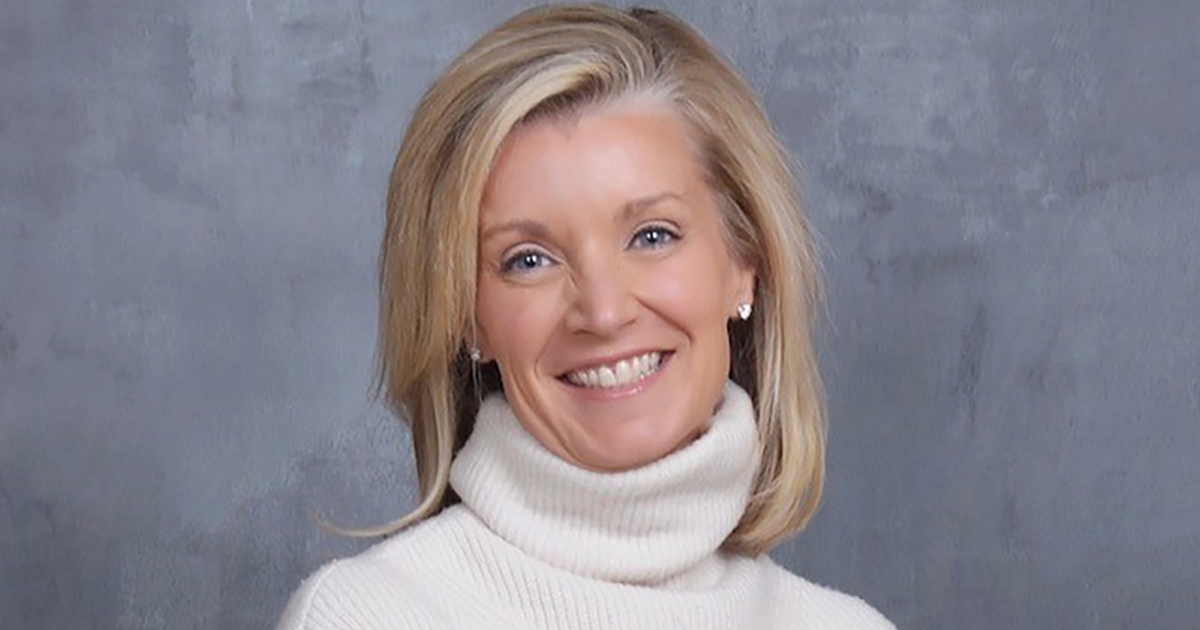TriplePundit • ‘Early Evidence of Success’ in Building Income for Cocoa Growers in Côte d’Ivoire

As costumed trick-or-treaters tromp through crunchy fall leaves to collect Kit Kat bars and Reese’s peanut butter cups across America on Halloween, The Hershey Company is focused on making the chocolate business less scary 5,000 miles away.
Deforestation and social issues have long cast a dark shadow over the cocoa trade in West Africa, where two-thirds of the world’s crop is grown. In the nation of Côte d’Ivoire, the largest producer, Hershey is partnering with environmental and humanitarian agencies to incentivize and assist farmers who grow cacao trees.
“We’re seeing some really great early evidence of success across a couple of different areas, including economic empowerment and women’s empowerment,” Maria Hinson Tobin, executive director of agribusiness partnerships for CARE, told attendees at the Sustainable Brands conference this month.
Among cocoa farmers in Côte d’Ivoire, women do half the work but earn 60 percent less than their male counterparts, said Tobin, whose organization is part of a five-year, $40 million income accelerator program established by Hershey in 2022.
Women represent just 5 percent of members in Côte d’Ivoire’s cocoa farming cooperatives, and women farmers are 30 to 40 percent less likely to have access to training and finance. “This really limits their ability to reach their full potential as farmers, as entrepreneurs,” Tobin said.
The income accelerator program helped establish 300 so-called village savings and loan institutions in rural farming communities where access to traditional banking is limited. Of the 9,000 members who signed up, 70 percent are women, Tobin said.
Along with offering members a safe place to grow their savings, these institutions offer low-interest loans to help farmers start or grow small businesses to supplement their income. One of the 45 small businesses created with loans from the program so far is a poultry enterprise that is co-owned by 30 women.“ That poultry enterprise in its first cycle generated enough … to support five months of living income for a family of five,” Tobin said. “It sent their children to school, paid their children’s school fees.”
Median income for a cocoa farmer in Côte d’Ivoire is between US$1,000 to US$2,00 a year, but the living income benchmark is US$7,000, said Jennifer Baer, a senior manager at the Rainforest Alliance, which is distributing mobile cash transfers of up to $600 per household per year to approximately 1,500 cocoa farming households within Hershey’s supply chain.
Even with the cash incentives, the smallholder farmers that make up the majority of cocoa growers in Côte d’Ivoire are not always eager to participate.
“They’re skeptical. They have been visited by many different NGOs and groups and companies saying, ‘Hey, look at what we’re going to do for you.’ And then they’re gone a year later,” Baer said, illustrating the credibility gap that had to be overcome.
“We know that poverty is proven to be the number one factor in determining deforestation and degradation of ecosystems,” Baer said. For example, a farmer struggling to feed a large family may opt to clear-cut an area of rainforest to create a new plot rather than trying to revive a non-producing farm.
Baer’s team at the Rainforest Alliance coaches participating farmers on agricultural best practices that improve the soil and crop yields over time. Local coaches from the community create an individualized plan to solve a particular farmer’s challenges, and more micropayments are unlocked each time a solution is implemented, Baer said.
“Farmers participating in the Hershey income accelerator are spending more time on their farms, and they’re investing more in farm inputs,” she said. Income from crops other than cocoa has also more than doubled among participating farmers, according to a study of the program commissioned by Hershey and conducted by researchers at Wageningen University.
School attendance among the farmers’ children has also increased, from about a third of local children attending school regularly to around half since the program started, Baer said, citing the Wageningen University research. “We know we’re on the right trajectory,” she said. “It’s not enough, but we’re going to continue that path.”
Hershey is considering expansion of the successful aspects of its income accelerator program to other agricultural ingredients, including peanuts, Amanda Byrd, associate channel manager, said during the briefing.
Other major chocolate purchasers, including Nestle and Mars, also run income accelerators for farmers in Côte d’Ivoire and other cocoa producing countries. And the B Corp brand Tony’s Chocolonely has grown its Open Chain network — based on principles like paying higher prices and promoting farmer cooperatives — to include 20 other companies, among them large retail chains like Aldi and Waitrose.
“In a lot of ways, we have benefited from the learnings of others in the industry,” Byrd said. “When you look beyond Hershey, others can do this — others are doing this.”
Featured image credit: Anders Johnsson for the International Labour Organization/Flickr



Post Comment